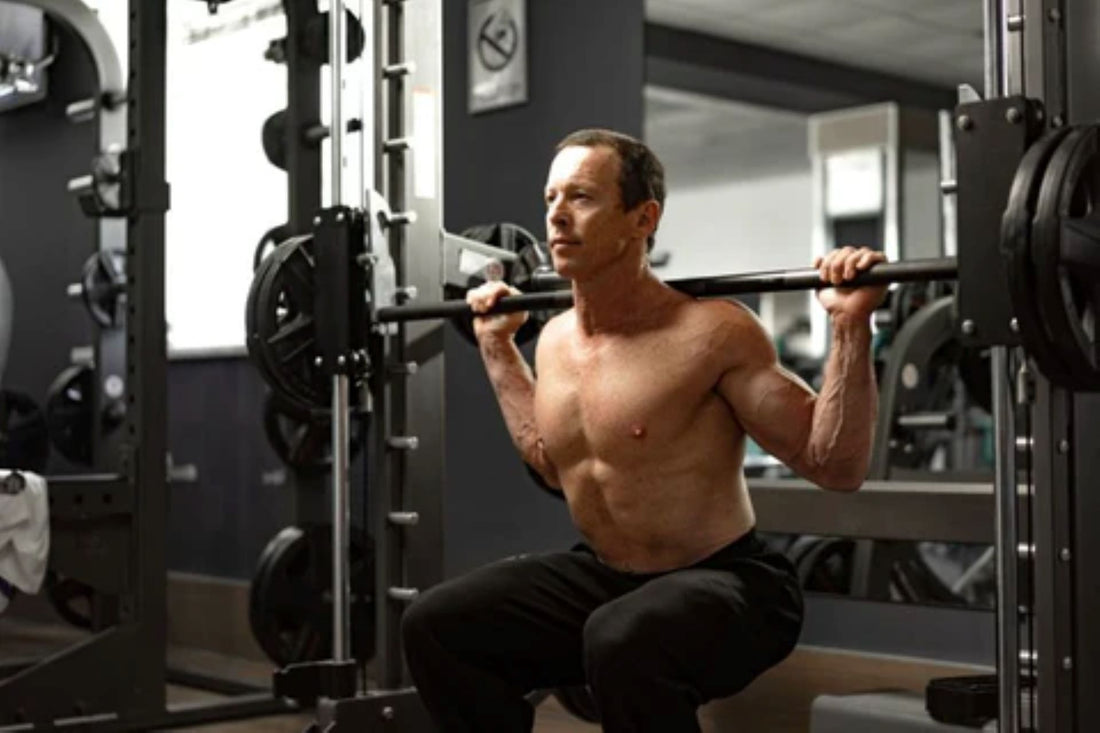
Choosing the right piece of equipment for your leg day can make a significant difference in your workout results. Whether you're a beginner or an advanced gym-goer, the debate between the V Squat Machine and the Hack Squat often comes into focus. In this article, we dive deep into a comprehensive comparison between these two popular machines. We’ll explore the mechanics, benefits, and possible downsides of each – helping you make an informed decision for your next leg workout.
Understanding the V Squat Machine
The V Squat Machine is a staple in many commercial gyms. Known for its unique design, it helps to mimic the natural squatting movement while providing support and stability. The primary purpose of the V Squat Machine is to target the quads, glutes, hamstrings, and calves simultaneously.
Advantages of Using the V Squat Machine
- Ergonomic Design: The V Squat Machine is designed to provide support, taking stress off the lower back and focusing the effort on the legs.
- Safety: The design also includes safety features like stopper points, which can be a boon for those squatting alone.
- Versatility: Depending on your foot placement, you can target different muscle groups more specifically.
Disadvantages of the V Squat Machine
- Availability: Not all gyms have a V Squat Machine, making it less accessible than other equipment.
- Learning Curve: It may take some time to adapt to the machine's unique positioning and mechanics.
- Less Engagement: Since the machine provides stability, it might engage fewer stabilizer muscles compared to free weights.
Diving into the Hack Squat
On the other hand, the Hack Squat is another popular leg workout machine that emphasizes the quads, glutes, hamstrings, and calves. The Hack Squat offers a different dynamic and can be quite effective for building overall leg strength and muscle.
Advantages of the Hack Squat
- Direct Muscle Targeting: The machine's design allows for an isolated focus on the intended muscle groups.
- Range of Motion: Users can achieve a deeper and more controlled squat with this equipment.
- Plate-Loaded: This feature enables progressive overload, a critical factor for muscle growth.
Disadvantages of the Hack Squat
- Joint Stress: The linear movement can place a significant load on the knees and lower back.
- Machine Dependency: Similar to the V Squat Machine, heavy reliance on the Hack Squat can lead to underdeveloped stabilizer muscles.
- Availability: Again, not every gym may have a Hack Squat machine.
Mechanics and Form: The Crucial Differences
While both machines focus on the lower body, their mechanics and required form vary significantly. The V Squat Machine usually places the user in a slightly reclined position, supporting the upper back against a pad, whereas the Hack Squat typically has the user leaning back at a 45-degree angle, with shoulders pressed against pads and feet placed on a sled.
The V Squat’s more upright position can be more straightforward for beginners to learn, while the Hack Squat's reclined position may demand better balance and flexibility.

Choosing the Right Machine for Your Goals
V Squat Machine vs Hack Squat: understanding your fitness goals can help you choose between these machines. If your aim is to improve overall leg strength and balance, incorporating both machines into your routine could be beneficial. However, if joint issues are a concern, the V Squat might be more user-friendly.
Another consideration is your current training program. If you're focusing on hypertrophy, the Hack Squat’s deep range of motion can offer specific benefits. Conversely, if you're enhancing athletic performance or dealing with lower back issues, the V Squat may offer safer alternatives.
Expert Opinions
Many trainers advocate for a combination of both machines in a well-rounded leg day. The variety not only challenges the muscles differently but also prevents workout monotony.
By including various exercises with free weights and machines, gym-goers can build a more balanced, injury-free physique.
Common Mistakes to Avoid
It’s essential to use proper form irrespective of the machine you choose. Some common mistakes include incorrect foot placement and not using an appropriate weight, leading to improper muscle engagement or potential injuries.
Here are some pointers:
- Always perform warm-up sets before attempting heavy weights.
- Focus on your form by keeping a controlled motion and not rushing through repetitions.
- Listen to your body – if you experience pain that doesn’t follow the 'good' kinds of soreness, reconsider your technique or consult a professional.
Integrating Both Machines
An optimal training routine could look like this:
- Begin with Free Weight Squats to engage stabilizer muscles and improve overall strength and coordination.
- Move on to the V Squat Machine to focus on strengthened quads and glutes with added stability.
- End with the Hack Squat to push muscle hypertrophy through isolation and deep range of motion.
Final Thoughts
Both the V Squat Machine and Hack Squat have unique benefits and can be valuable additions to any leg day routine. We recommend trying both, assessing which aligns better with your fitness goals, and integrating them strategically into your workout plan.
Happy lifting!



















